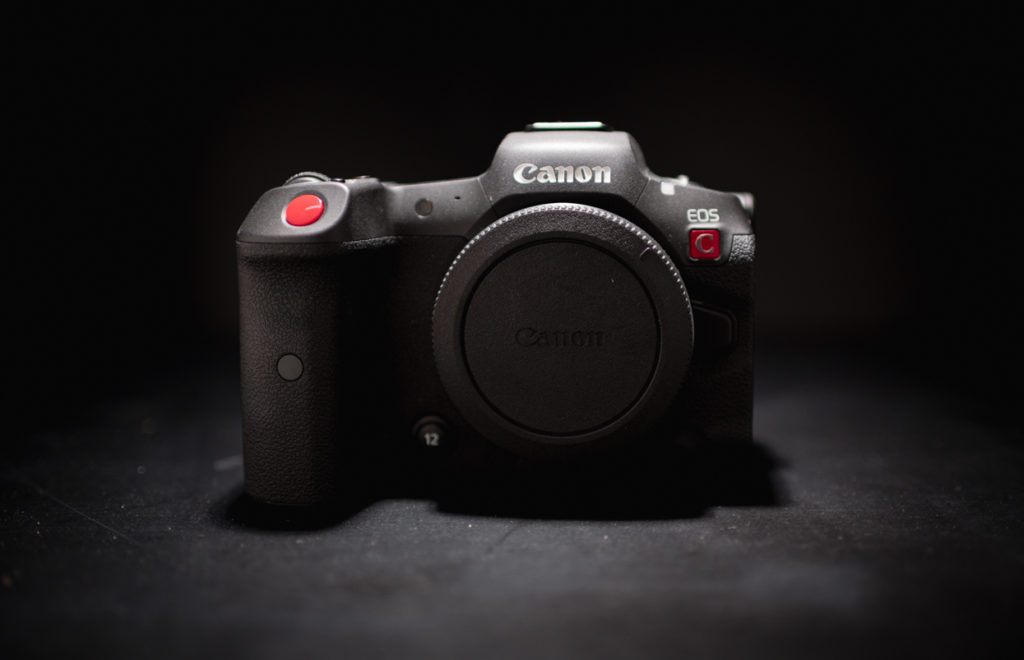Imagine having the Canon R5 and R5 C at your fingertips. To test what are nearly the same but also different cameras. The Canon EOS R5 C Full-Frame Mirrorless Camera is a hybrid, RF-mount 8K camera, and the Canon EOS R5 is a hybrid RF-mount 8K camera which is extremely similar, but after a bit of side-by-side use, the differences become advantages that each possesses.
A bit of history first. When the R5 came out, it did have over-heating issues that I feel Canon mostly mitigated with firmware updates, and I haven’t noticed much overheating in the R5 I use unless I’m shooting 8K RAW at the highest frame rate. For your information, the R5 8K tops out at 30 frames per second. I don’t shoot a lot of 8K—just saying.
The R5 C is a R5 with a fan built into the body to keep the camera from overheating during 8K capture. The built-in fan is the most obvious exterior difference between the Canon R5 C and the R5. To most, it appears Canon built the R5 C to help 8K shooters shoot 8K on a mirrorless camera like the R5. The R5 C shoots 8K up to 60 frames per second. 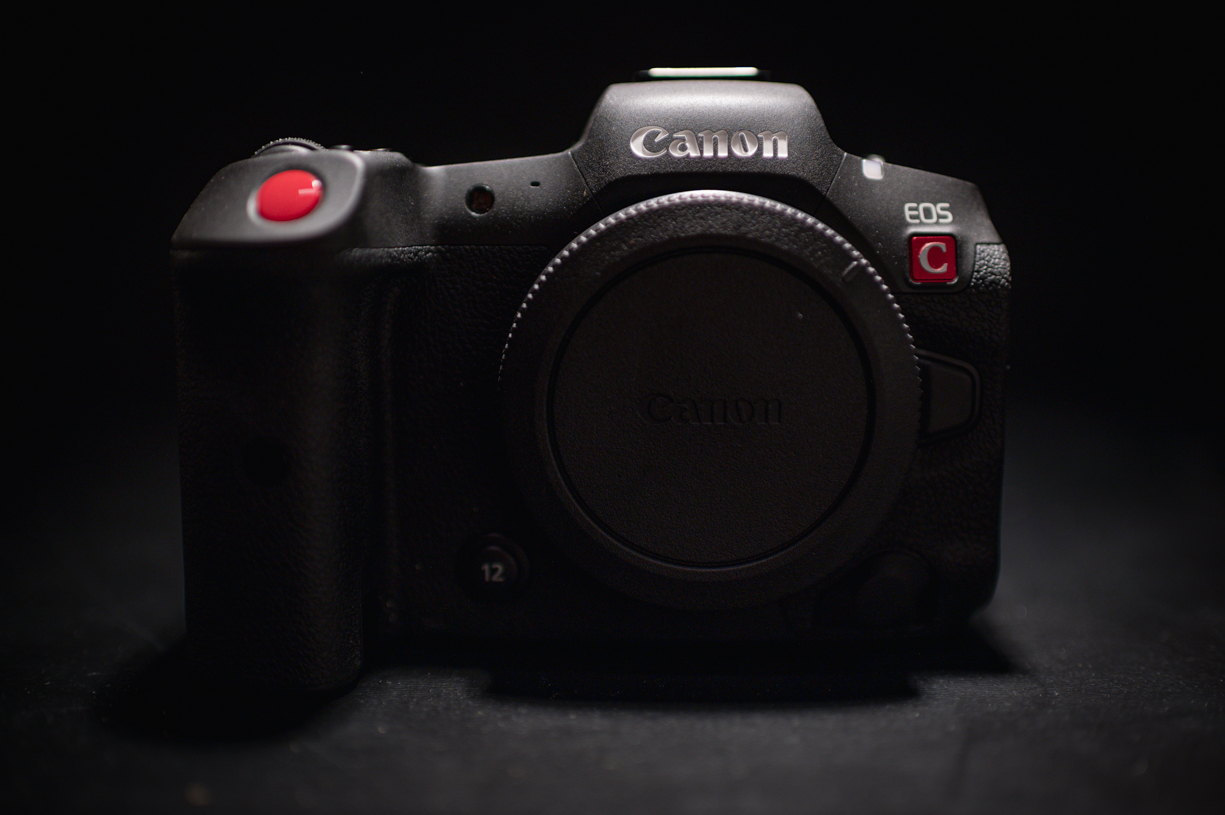
The R5
I like the Canon R5 I shoot with as my “B” camera. It does the job well enough for me. I typically shoot interviews and gimbal work with the Canon R5 I use regularly. I rarely shoot 8K, and I rarely even shoot 4K at the highest quality since most of my work ends up on the web. The recording time limitation is a hangle, but it is one of the easiest things to work around. The rest of the camera is nice. The easy access to a level is nice on the LCD screen, and the fast autofocus is helpful when the Canon R5 is on a gimbal. I can make pretty pictures with the R5 without much effort.
The Canon R5C
So, I started my Canon mirrorless experience with the R5, which meant the R5 C felt similar and strange at first handling. You see, working with a camera that is similar but is fundamentally different is a bit of a mind f*$@. To be honest, it soured my thoughts about the Canon R5 C. But I pressed forward to give the Canon R5 C a try.
Slowly, the benefits of the more expensive Canon R5 C seeped into my soul grudgedly. The first to win my favor was the Canon R5 C’s dual native ISO setting. I am a huge fan of dual native ISO settings, and the Canon R5 C is Canon’s first camera to sport this pleasant feature. More of this Canon, please. The Dual Base ISO options for the Canon R5 C are 800/3200 ISO when shooting in Canon Log 3 and 400/1600 ISO when shooting in BT. Anything to help a user capture a clean shot in less-than-ideal lighting situations is always a plus. Where the Canon R5 C could see well in the dark, the R5 was a little too noisy.
Then, it was the file architecture the R5 C uses that is exactly like the one used with other Canon Cinema Cameras like the Canon C300 Mark III I use on a daily basis. It is a simple thing. I like consistency, and it helps if you have to hand off footage to a client if everything matches well, and that can come down to the file architecture. 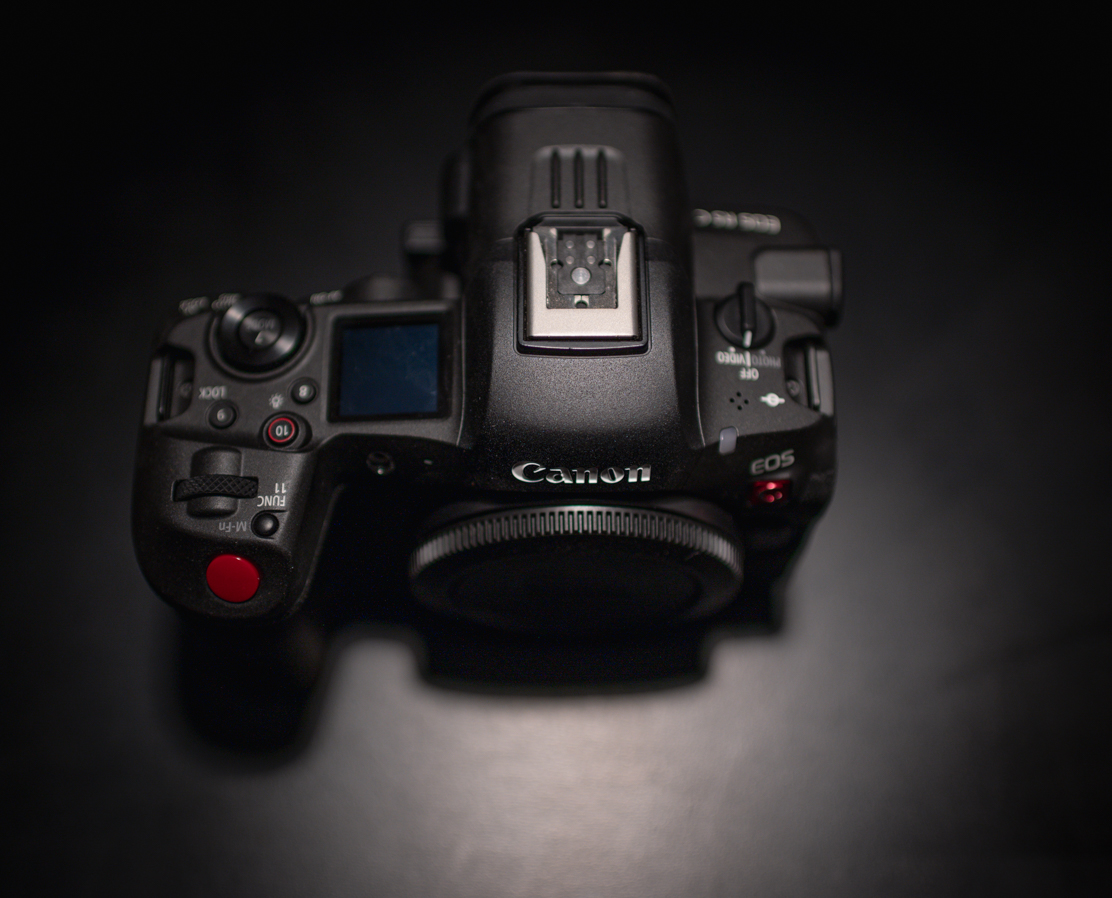
The Canon R5 C shoots XF-AVC codecs and offers a touch more robust 10-bit 4:2:2 files in a . MXF wrapper, whereas the Canon R5 shoots 10-bit H.265 .mp4 files. I edit on a MacPro, so I did not see a difference between editing the R5 C’s XF-AVC versus the R5’s H.265 files. There may be a difference, but I didn’t measure it, nor did I feel a difference when editing in Adobe Premiere with several tracks of H.265 stacked in my timeline. The Consistency between a C300 Mark III and an R5 C is helpful again. Both cameras shoot the same XF-AVC.
As a documentary interview shooter, this feature is a must: the timecode terminal. The R5 C has one meaning: you can sync your R5 C to audio and other cameras and record scratch audio, while the R5 will need to use an audio channel from a device like a Tentacle Sync. If it’s just you shooting and editing, this might not make a big difference, but when you mail off footage to an editor in another city, you will make their life so much easier if the Timecode is all there. Trust me on this. I’ve had the dreaded call from that edit suite in a NYC broadcast building with a disgruntled editor whose Monday morning was ruined because you didn’t use timecode on your shoot. Trust me, you don’t want that call. I think my ear still hurts.
The R5 C can capture Cinema RAW Light like the C300 Mark III and EOS C500 Mark II. This feature captures the sensor’s full dynamic range and provides users with a 12-bit raw format matching the C300 and C500, helping the R5 C be a good “B” camera for those raw shoots. It’s nice to have it when the need comes up, even though it has yet to come up for me. 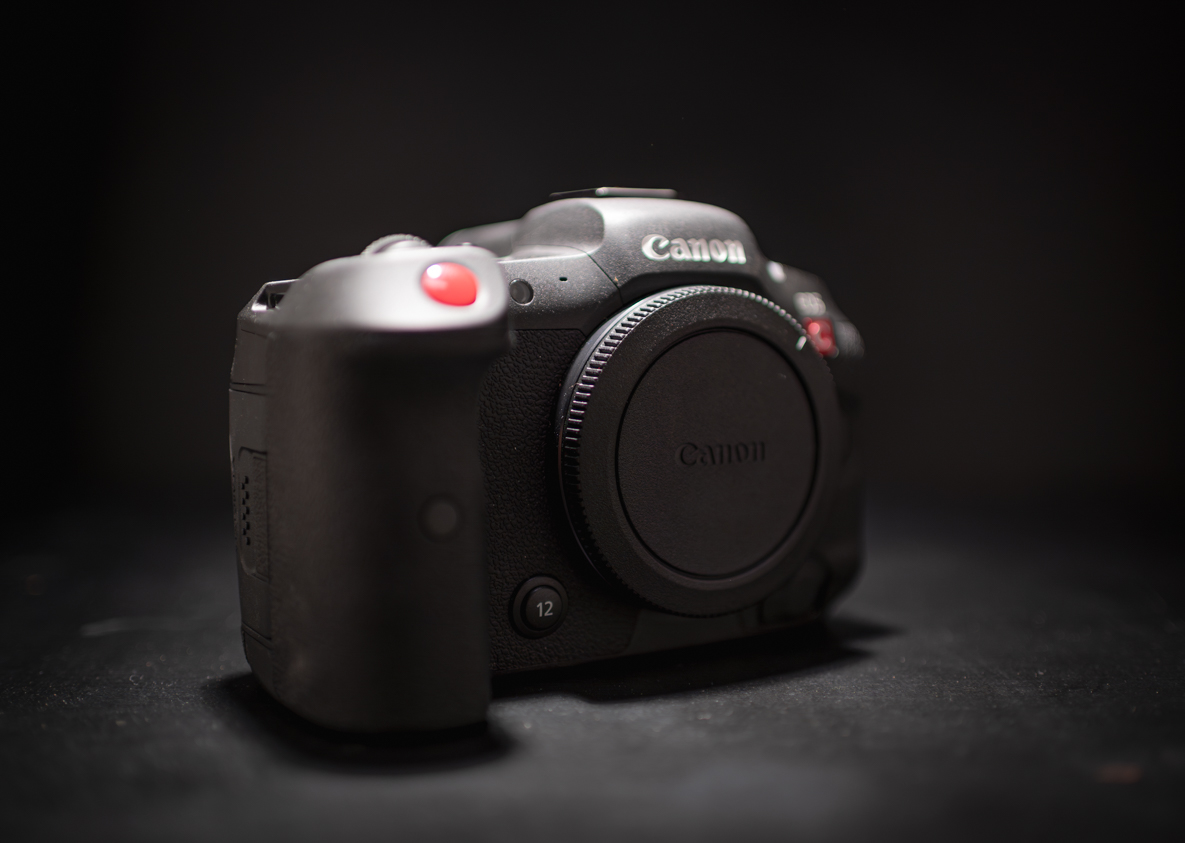
Canon R5 Features
I found some features the R5 does better than the R5 C. One of those was the autofocus, which, for whatever reason, was better with the R5. I have no idea why the autofocus was better with the Canon R5, but it just was better and quicker. The R5 C tended to hunt for autofocus a touch longer, and with some settings, like 8K 60p RAW recording, the feature didn’t work as I had hoped. This may come down to menu settings and me making a mistake. I will be the first to admit user error on my part. If I were to make an educated guess, I have been writing about cameras for over a decade now; this comes down to battery power. The Canon R5 C may pull about as much energy from those little batteries when shooting 8K raw that the camera can’t do everything.
The quick menu on the R5 is a much-loved feature for me. One can quickly change quite a bit with that little quick menu like white balance, image stabilization setting, and many other options, whereas the R5 C was a bit of a menu dive. I like quick and easy and believe it should be the hallmark of changing camera settings for any camera. 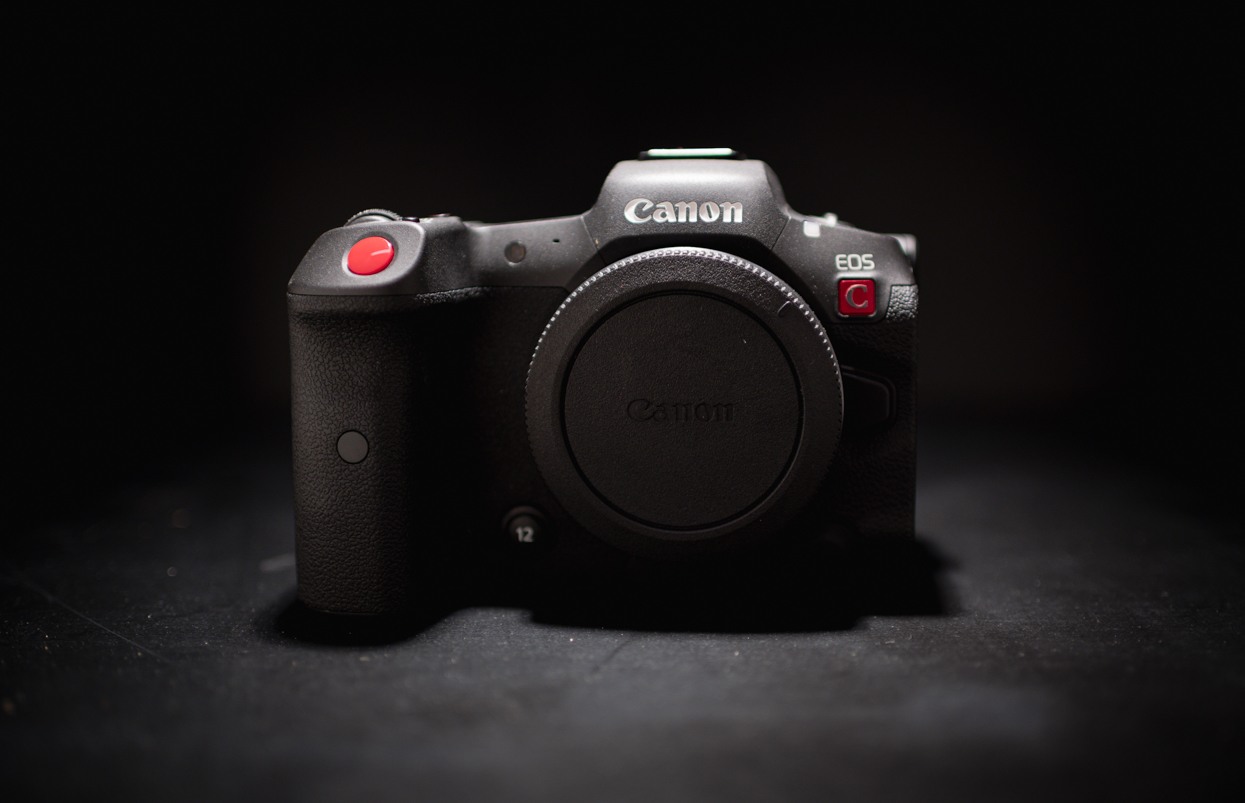
The R5 can take junky batteries and continue to shoot, whereas the R5 C wanted the best batteries. I have a couple of non-Canon batteries. They work in the R5 when I need them in emergencies. They did not work in the R5 C. After a super long day of shooting, it’s nice to know one has the backup option of a handful of junky non-manufacturer batteries just in case they’re needed.
In the end, the differences are mild. The Canon R5 C is the camera with the better features that are most needed, like Dual-Native ISO, larger and better cooling fan, and consistency with the existing Canon Cinema Camera architecture and recording codecs. If I was in the business of handing off footage to a broadcaster often, then the Canon R5 C is the better “B” or “C” camera. If I shot more raw footage with the C300 Mark III, then the Canon R5 C would be a better fit. Otherwise, it’s almost like whichever version you first used may be your preferred version of the camera.
I do want to say this, though. Shoot with what works for you. Forget the blog posts and the YouTube videos for the moment and focus on the shoot and the features you will need from your camera and crew to help you be better as a shooter. The goal is to deliver the best footage you can provide. Most viewers do not care which camera you use; they just want to feel the story. 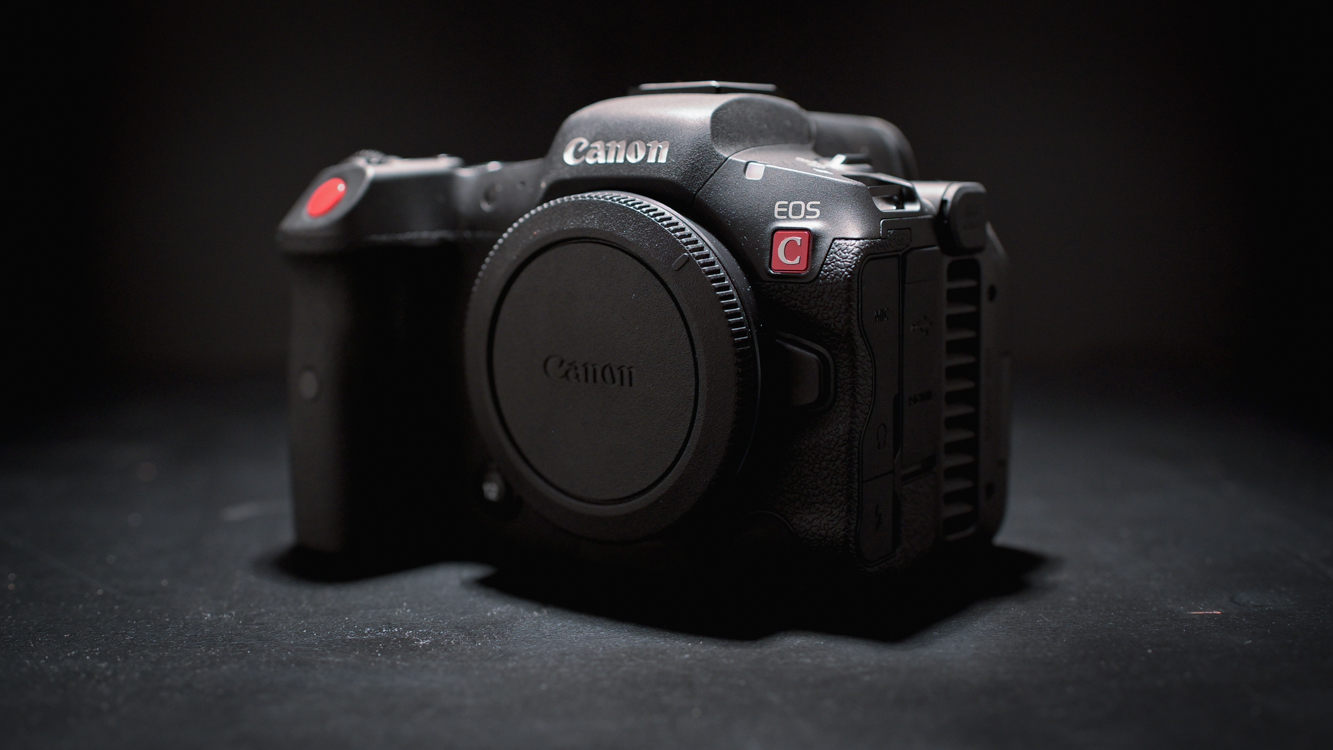
Additional Features of the Canon EOS R5 C Camera Include:
- Supports 8K HDR recording in Hybrid Log-Gamma (HLG) and Perceptual Quantization (PQ) formats
- 4K and 2K oversampling with high-definition debayer algorithm that processes RGB data of the 8K sensor with less incidence of moiré, false colors, and noise
- XF-AVC codecs offer robust 10-bit 4:2:2 files in a . MXF wrapper for simple compatibility with non-linear editing systems (NLEs) and existing workflows
- Canon Log 3, found in many Canon cinema products, is available for a wider range of grading after shooting.
- Coordinated image stabilization (with Canon lenses equipped with optical IS) helps correct handshakes and performs better anti-vibration than electronic IS alone.
- Timecode terminal allowing for multi-camera shooting
- Canon’s next-generation Multi-Function Shoe is compatible with various accessories, such as an optional TASCAM CA-XLR2d-C XLR microphone adapter (sold separately) for up to 4-channel digital audio.
- RF mount provides access to the expanding lineup of Canon RF lenses, as well as the full lineup of EF lenses (adapter required)
- Compatible with Canon’s new RF 5.2mm 2.8 L Dual Fisheye lens, allowing for stereoscopic 180° VR video capture
- 13 marked, assignable buttons allow for user-friendly customized operation
- Compact-and-lightweight at 1.7 lbs. (body only)
- 3.2-inch variable-angle LCD monitor and high-definition 5.76 million-dot viewfinder
- Dual card slots: one CFexpress and one SD UHS-II
- USB Video Class (UVC) connectivity, enabling out-of-the-box use as a streaming video camera
- A new DC Coupler DR-E6C helps provide the continuous power needed for shooting in Cinema RAW Light at high frame rates.

Filmtools
Filmmakers go-to destination for pre-production, production & post production equipment!
Shop Now